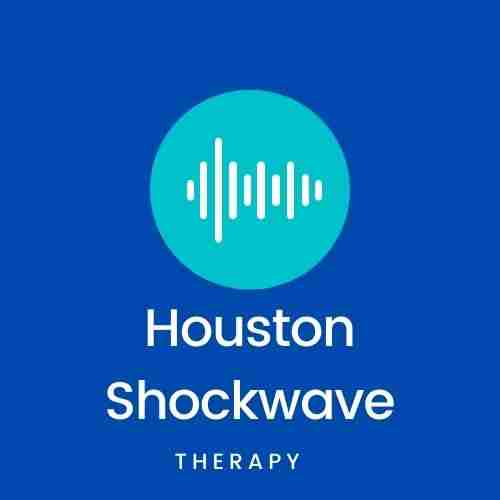Houston Shockwave Therapy
Healing for chronic and acute injuries
Golfer’s
Elbow
Pain Relief
Inflammation Reversal
Collagen Synthesis
Shockwave Therapy for Golfer’s Elbow
Welcome to Houston Shockwave, where we offer the most advanced and effective treatments for golfer’s elbow. We understand that this condition can be incredibly painful and debilitating, and our goal is to help you find relief so that you can get back to the activities you love.
What is Golfer’s Elbow?
Golfer’s elbow, also known as medial epicondylitis, is a type of overuse injury that affects the tendons and muscles on the inside of the elbow. It is a common injury among athletes who use repetitive motions that involve gripping and twisting, such as golfers, tennis players, and baseball players. However, anyone can develop golfer’s elbow, including those who engage in manual labor or desk work that requires repetitive arm movements.
Symptoms of golfer’s elbow include pain and tenderness on the inside of the elbow, as well as weakness in the affected arm. The pain may radiate down to the wrist or up to the shoulder, and it may be exacerbated by certain activities, such as gripping, lifting, or twisting. If left untreated, golfer’s elbow can lead to chronic pain and limited mobility.
How is Golfer’s Elbow Treated?
There are several treatment options for golfer’s elbow, including rest, ice, and physical therapy. In some cases, a brace or splint may be recommended to immobilize the affected arm and promote healing. However, for more severe cases or cases that do not respond to conservative treatments, shockwave therapy may be recommended.
Shockwave therapy is a non-invasive treatment that uses high-energy sound waves to stimulate the body’s natural healing process. The shockwaves are delivered to the affected area using a handheld device that is placed on the skin. The waves penetrate deep into the tissues, where they promote the growth of new blood vessels and stimulate the production of collagen, a protein that helps to repair and strengthen damaged tissues.
What are the Benefits of Shockwave Therapy for Golfer’s Elbow?
Shockwave therapy offers several benefits for patients with golfer’s elbow. First, it is a non-invasive treatment that does not require surgery or medication. This means that there is no risk of complications or side effects, and the recovery time is typically shorter than with other treatments.
Second, shockwave therapy is highly effective for treating golfer’s elbow. Studies have shown that it can provide significant pain relief and improve function in the affected arm. In fact, many patients report feeling better after just one session.
Third, shockwave therapy is a long-term solution for golfer’s elbow. Unlike other treatments that may provide temporary relief, shockwave therapy promotes the body’s natural healing process, which means that the benefits can last for months or even years.
Why Choose Houston Shockwave for Your Golfer’s Elbow Treatment?
At Houston Shockwave, we are committed to providing our patients with the highest quality care and the most advanced treatments available. Our team of experienced healthcare professionals includes board-certified physicians, physical therapists, and other specialists who work together to develop personalized treatment plans for each patient.
We use state-of-the-art equipment and the latest techniques to ensure that our patients receive the best possible care. Our shockwave therapy devices are FDA-approved and have been shown to be safe and effective for treating a variety of conditions, including golfer’s elbow.
In addition, we are committed to providing our patients with compassionate, patient-centered care. We understand that living with pain and limited mobility can be incredibly frustrating and challenging, and we are here to help you every step of the way.
If you are suffering from golfer’s elbow and are looking for an effective, non-invasive treatment option, contact Houston Shockwave today to schedule a consultation. Our team of experts will work with you to develop a personalized treatment plan that is tailored
